In an era defined by tariff fluctuations, geopolitical tensions, and supply chain bottlenecks, cash flow forecasting isn’t just a financial hygiene measure; it’s a lifeline. Middle-market companies, with fewer buffers than their larger peers, must treat cash flow forecasting as a core strategic tool for navigating turbulent waters.
At JACO Advisory Group and DWH, we recognize that strong cash flow forecasting is the foundation of financial resilience, particularly for middle-market companies facing supply chain shocks and tariff pressures. In this blog, we delve deeper into practical strategies for creating forecasts that do more than just report; they empower.
Key Strategies for Robust Cash Flow Forecasting:
1. Integrate Scenario Variables into Forecasting Models
Traditional cash flow forecasts assume a stable environment. That’s no longer sufficient. Instead, integrate multiple scenario variables:
- Tariff Impacts: Model the financial implications of rising tariffs (like the recent 145% U.S. tariff on Chinese imports) on sourcing costs and profit margins.
- Supply Chain Disruptions: Account for sudden spikes in shipping costs, delivery delays, or the need to pivot to alternative suppliers at higher costs.
- Customer Demand Fluctuations: Model how customers might react to product availability challenges or price increases.
Use a three-tiered approach:
- Best Case: Stable trade environment, minimal supply chain issues.
- Base Case: Moderate tariff pressures, some supply chain delays.
- Worst Case: Severe disruptions, significant cost inflation, or demand shocks.
2. Prioritize Rolling Forecasts and Frequent Updates
Static, annual forecasts can quickly become obsolete in a volatile environment. Instead:
- Shift to rolling 13-week cash flow forecasts, updated weekly.
- Use these as dynamic planning tools to capture real-time changes and anticipate cash shortfalls early.
3. Monitor Liquidity and Access to Credit
Liquidity is the oxygen for your business. Regularly:
- Assess cash reserves and ensure you have sufficient runway for worst-case scenarios.
- Maintain flexible lines of credit or relationships with multiple lenders to provide quick access to emergency funding.
- Consider asset-based lending as a backstop if traditional credit tightens.
4. Align Budgets and Investment Strategies
Cash flow forecasts should inform, not just reflect, business decisions. Use insights to:
- Delay non-essential capital expenditures in periods of heightened uncertainty.
- Reallocate funds to areas that boost resilience, such as supplier diversification or technology investments.
- Negotiate supplier terms to optimize working capital (e.g., longer payment terms or early payment discounts).
5. Leverage Technology for Precision
Digital tools, like ERP-integrated forecasting software, can:
- Automate data aggregation from accounts payable (AP), accounts receivable (AR), and inventory systems.
- Provide scenario modeling dashboards.
- Enable real-time updates and alerts for material cash flow changes.
Practical Example:
One mid-sized industrial components supplier we worked with incorporated a scenario-based cash flow model after the 145% tariff shock. They realized their worst-case scenario would require a $5 million working capital cushion, so they proactively secured a line of credit before the crunch hit. This preparation enabled them to sustain operations while rivals scrambled for funds.
Financial resilience starts with the ability to see around corners. By embedding scenario-driven cash flow forecasting into your core processes, your company can remain nimble, avoid liquidity crunches, and even identify growth opportunities amid chaos.
Want to turn your forecasts into a strategic advantage?
Connect with us to refine your cash flow strategies and build the financial resilience your business needs to navigate any uncertainty. Not sure where to start? Give us a call. Our initial consultation is complimentary and confidential.
Schedule a Strategy Call →
For tailored guidance, visit www.jacoadvisorygroup.com or www.dwhcorp.com.
JACO’s advisors play a crucial role in this journey, ensuring companies like yours move beyond reactive management to craft strategies that unlock your full potential. They empower you to lead with clarity, confidence, and purpose, guiding you every step of the way.
About Jeff
Jeff has over 30 years of strategic planning, business development, and business transformation leadership experience. Having worked with mid-market, closely-held and family-owned businesses his entire career Jeff has a unique understanding of how these enterprises operate and the challenges they face.
He is passionate about working with business leaders to build strong cultures while developing and executing strategies that deliver exceptional results that benefit all the company’s stakeholders. Jeff’s hands-on approach to working with companies begins with a commonsense approach to strategy development.
With extensive experience in organizational turnaround and growth Jeff follows a defined process (disciplined, focused, intentional) to guide clients from strategy to execution. His experience covers a multitude of industries, with an in-depth understanding of automotive manufacturing.
Jeff holds a Master’s in Business Administration from the Capital University School of Management and earned a Bachelor of Arts in Business Administration and Management from Ohio Dominican University.




